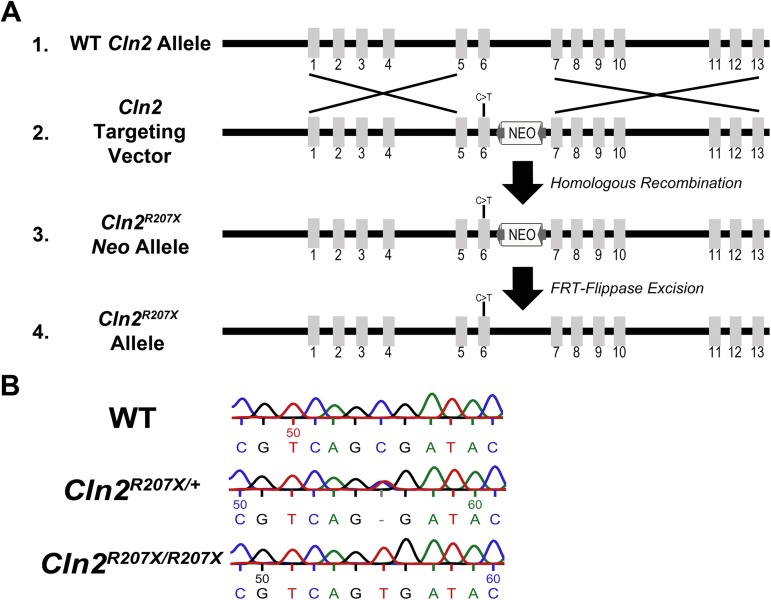Fig 2. Genetic design of the CLN2 disease mouse model, Cln2R207X/R207X.
(A) A Cln2 targeting vector carrying the c.619C>T mutation (Line 2), also known as p.R207X mutation, was electroporated into C57BL/6x129S6/SvEv embryonic stem cells. Homologous recombination between wildtype Cln2 (Line 1) and the targeting vector (Line 2) resulted in the generation of a Cln2Neo;R207X allele (Line 3). Removal of the Neo cassette via FRT-flippase mediated excision (FRT sites represented by grey arrows flanking the Neo cassette) generated the Cln2R207X allele (Line 4) resulting in Cln2+/R207X mice. Cln2+/R207X mice were bred to create Cln2R207X/R207X mice. (B) Cln2 sequencing results confirm the retention of the mutation following breeding.

